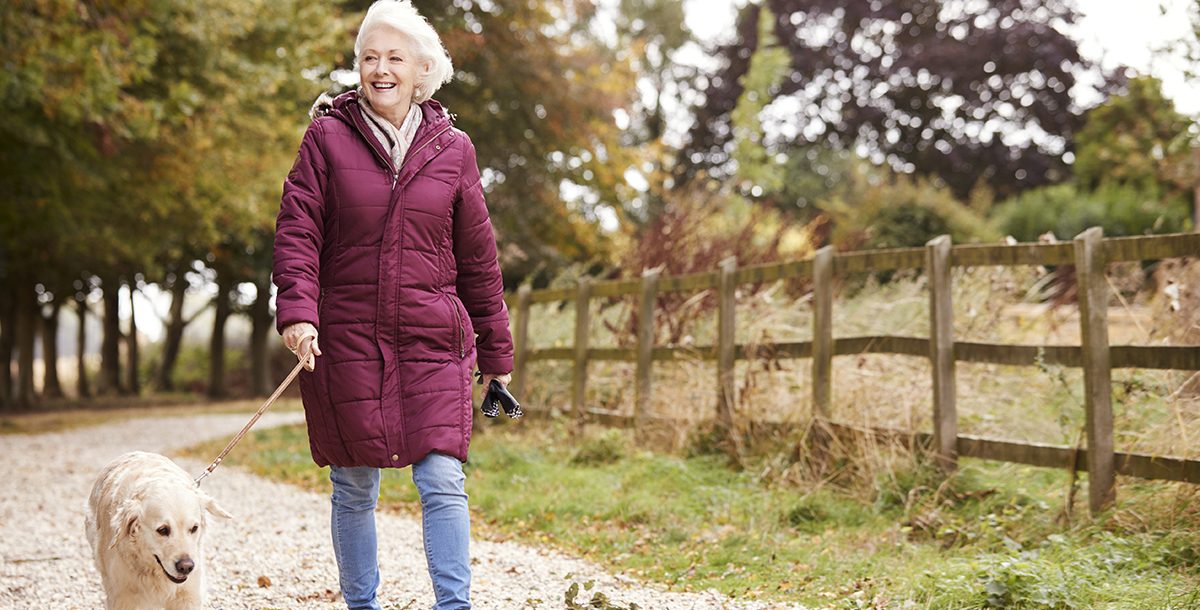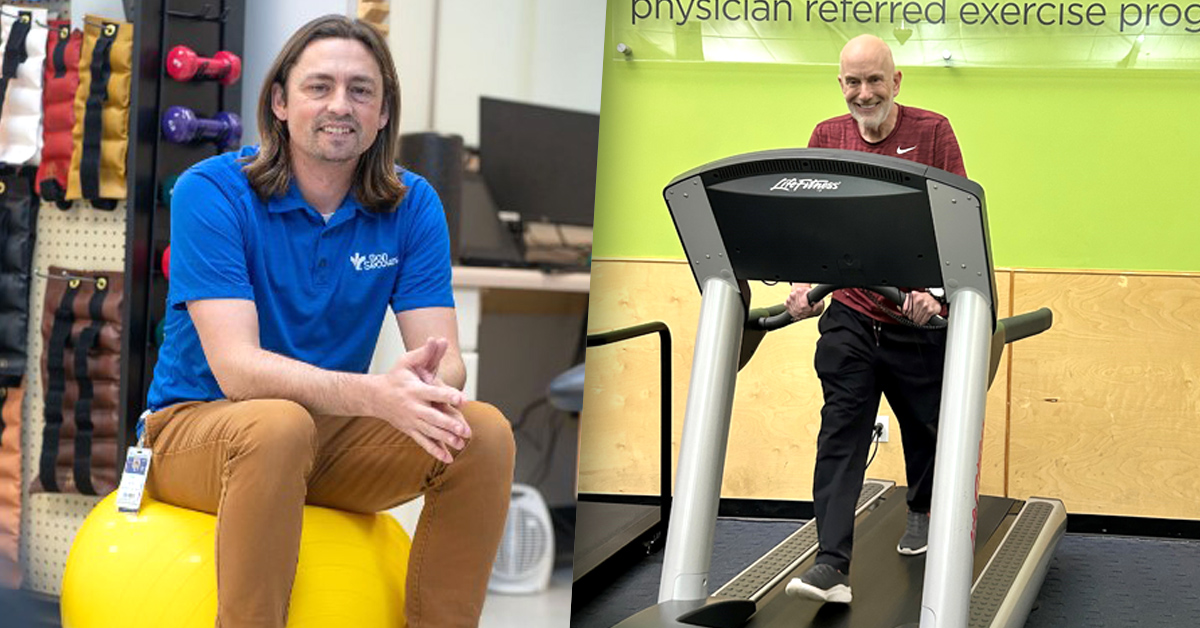Not every workout routine requires buying special gear or following along with difficult movements. In fact, there’s a simple exercise that most people of any age can enjoy: walking.
Some people may think taking a walk is a boring activity. This makes it easy to overlook the many health benefits of walking, which include the following:
- Walking during the day can help you sleep better at night. The activity can even help people who have insomnia.
- Walking improves bone health. People with bone conditions can slow or stop the loss of bone tissue by going for a regular stroll.
- Walking can strengthen your legs and back. Going for a brisk uphill walk can be especially helpful when you want to work out your leg muscles.
- Walking boosts your mood and helps you destress. Like most exercises, walking leads to a release of endorphins. These are “feel good” chemicals in your brain.
- Walking improves circulation throughout your body. This leads to lower blood pressure and a stronger heart. Walking can also reduce your risk of stroke.
Convenience-wise, walking has many advantages over other forms of exercise. For example, you won’t need to buy any equipment except a reliable pair of walking shoes. Walking is also a low-impact activity. That means it puts less stress on your joints compared to other exercises.
Start your walking routine
It’s easy to begin a walking routine. The trick is to start small and work your way up to a bigger goal.
During the first week, aim for four 10-minute walks. In other words, get in a total of 40 minutes of walking throughout the entire week. Repeat this schedule for the second week. On the third week, start to push yourself a little further with a total of five 15-minute walks.
Increase to five 20-minute walks on the fourth week. Then, try to complete five 30-minute walks on the fifth week. At this point, you’ve gone from walking 40 minutes per week to 150 minutes per week. Try to maintain this routine or push yourself to walk even more.
Keep your routine fresh
After several weeks, you’ll adapt to your routine. Here are a few ways to keep your workouts interesting:
- Begin timing your walks. As you progress, challenge yourself to walk the same distance in shorter amounts of time.
- Listen to music or a podcast. You’ll want to do this only in areas where there aren’t hazards like traffic. Always keep the volume low and stay aware of your surroundings.
- Incorporate mindfulness meditation into your walks. Instead of letting your mind wander as you walk, focus your attention on present sensations, such as your breathing or other sounds in the area. This can help you manage conditions such as anxiety, depression or pain.
No matter how you decide to guide your walking routine, it has the potential to be a group exercise. Invite someone to start a walking routine with you. However, if this person is not a member of your immediate household, make sure to practice social distancing and wear face masks while walking in-person together.
Learn more about the health care services we offer at Bon Secours and find a provider near you.





